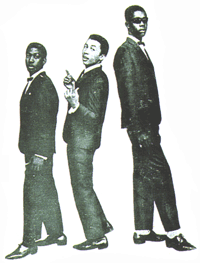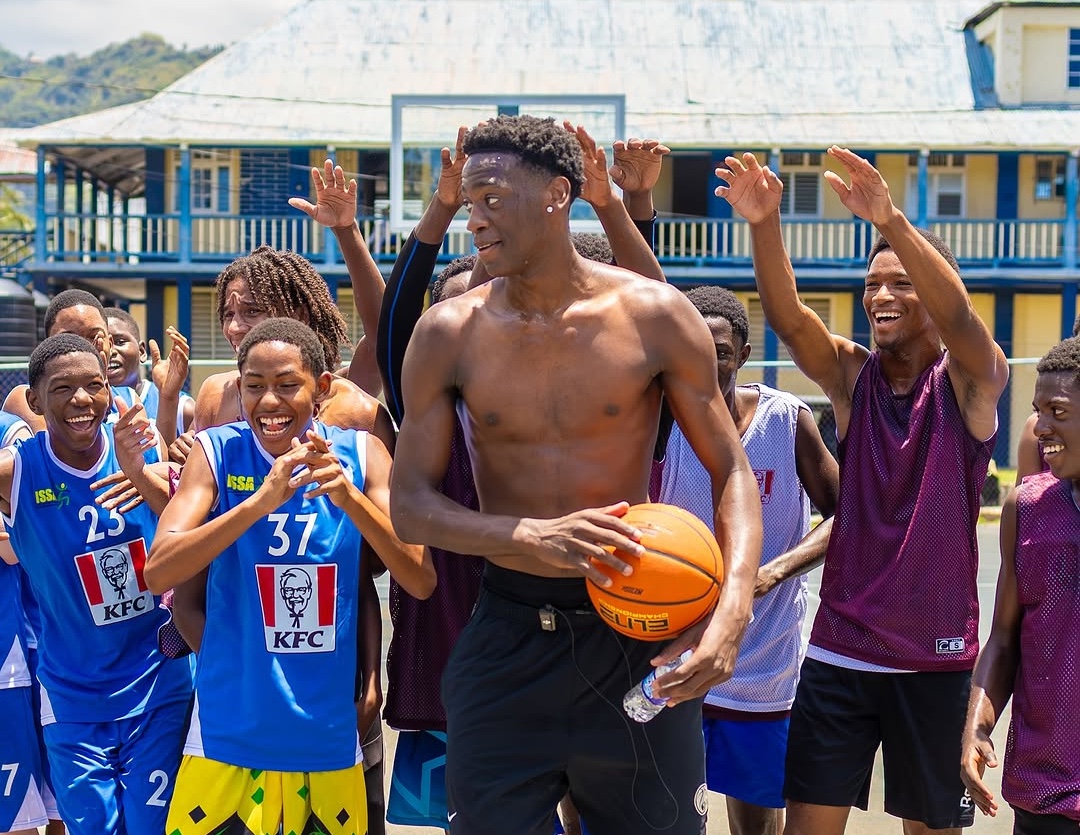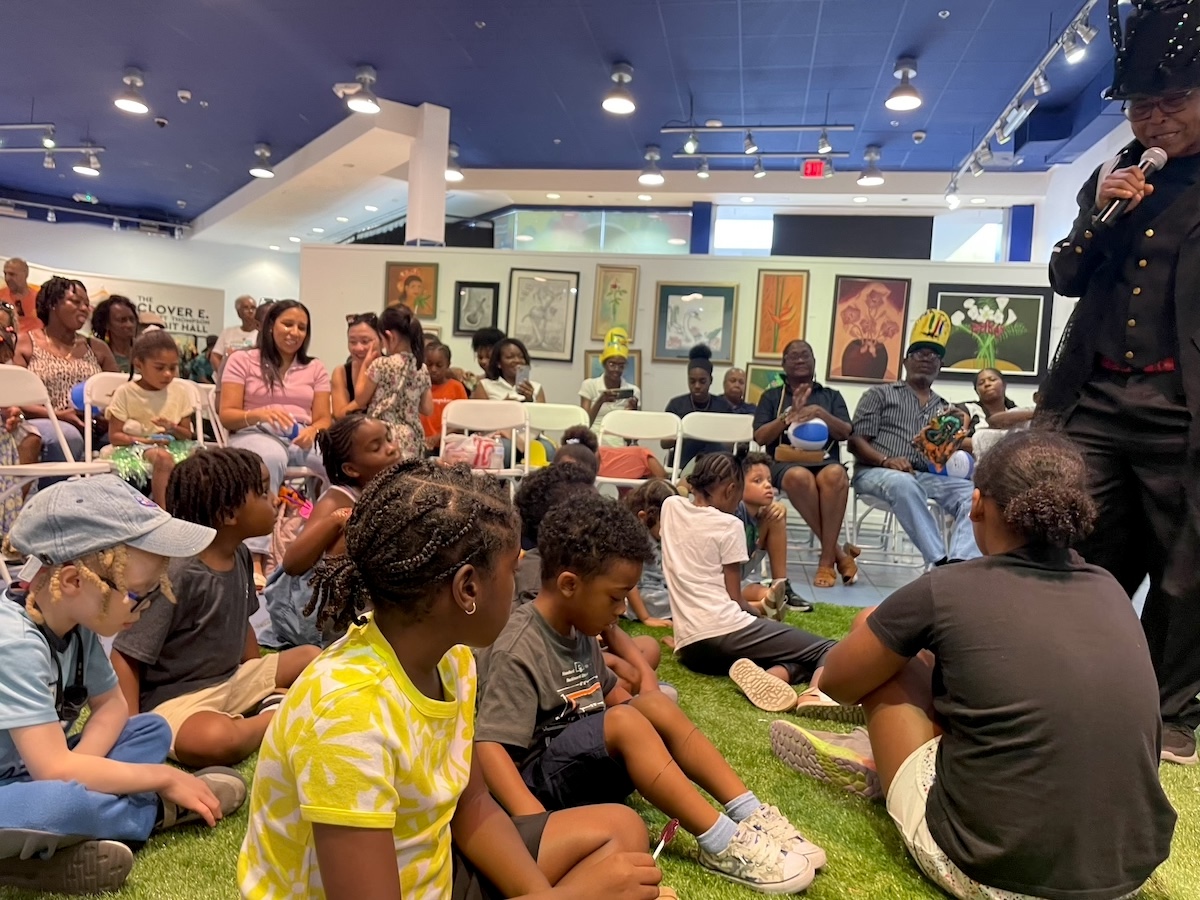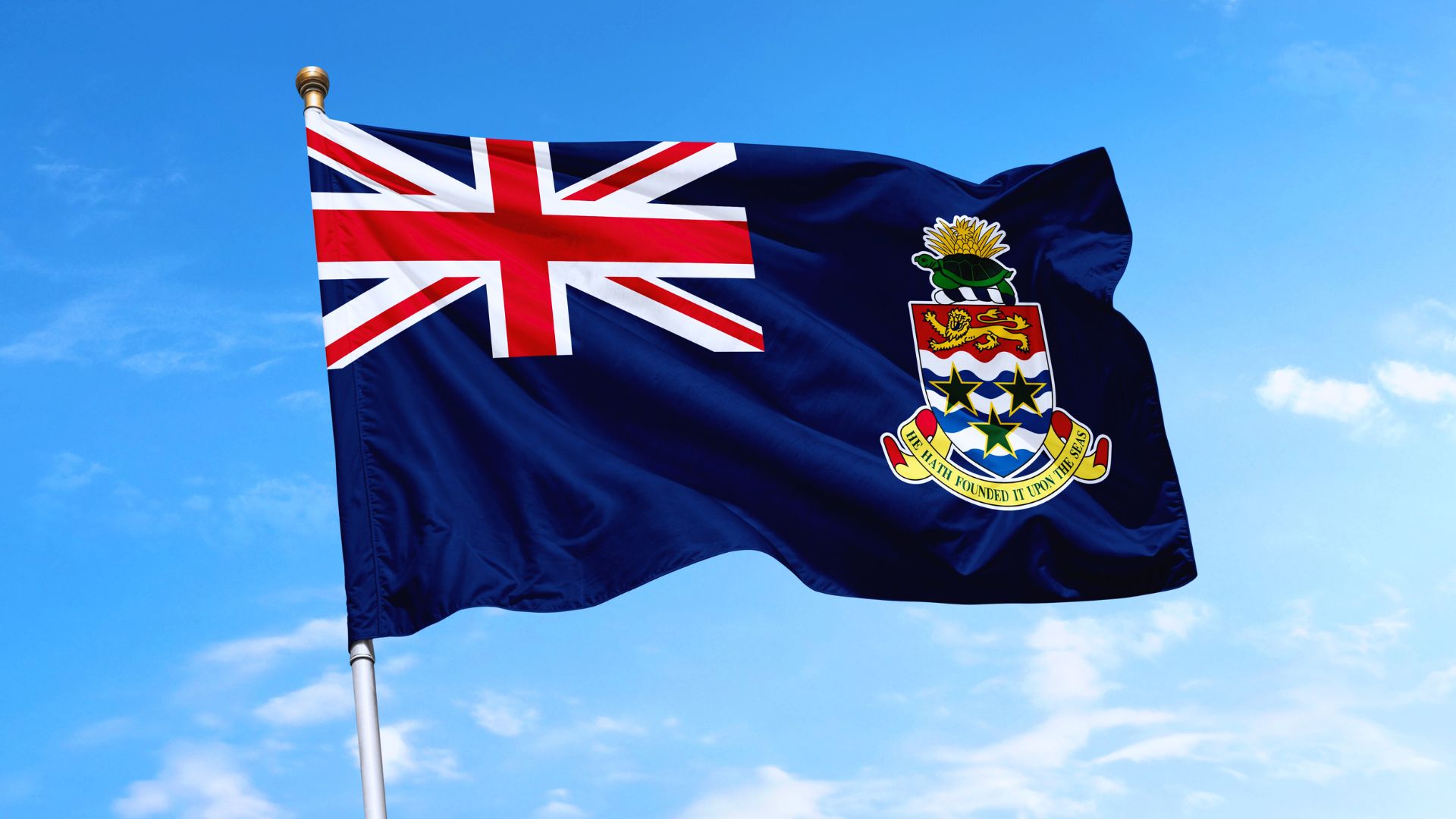Reggae music is what took Rastafari to the world and Rastafari took Reggae music to the world. Bob Marley and the Wailers were the vehicle to take Reggae music and Rastafari to the world. Today Rastafarian’s most popular symbol is Bob Marley, who died of cancer in 1981 at age 36. His influence on the music is still strong and many members of his family are now reggae artists themselves. He is known as the King of Reggae.
Formed in the late 1960’s the group was known as the Wailing Rude Bwoys. The original members were Bob Marley, Junior Brathwaite, Peter Tosh and Bunny Livingston. The band gained popularity in the early 1970’s and then broke up. Bob Marley changed the name to Bob Marley and the Wailers. The Bob Marley “syndrome” caught afire in Jamaica. The popularity of Bob Marley brought many imitators and changed the face of music in Jamaica. Musicians looking for Bob Marley type popularity, grew dreadlocks and started professing Rastafari. The lyrics of many songs were changed and sprinkled with references to Rastafari . It was how Reggae was seen by the world and so the musicians obliged.
These musicans automatically grew dreadlocks, called on the name “JAH” “Haile Selassie” and “Rasta”. They professed Rastafari as a way to gain popularity and the perceived benefits. Many wanted to “piggyback” on the foundation laid by Bob Marley and use it as religious justification for smoking the ganja (Marijuana).
Bob Marley and many that try to follow in his footsteps, are the voice of the poor and downtrodden. The lyrics of the music speaks to the masses. The message in the music in most case are about oppression, poverty, slavery, apartheid and human rights. The music identifies with the struggles of day to day life of poor people.







